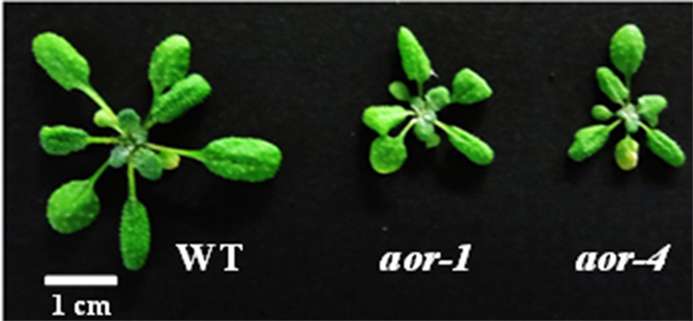Gene protects against toxic byproducts of photosynthesis, helping plants to 'breathe'

A research team led by Associate Professor Miyake Chikahiro and PhD student Takagi Daisuke from the Kobe University Graduate School of Agricultural Science have discovered that a certain gene within plants suppresses the toxic molecules formed as byproducts of photosynthesis. These findings have potential applications for plant growth in stressful environments. The research was published on February 16, 2016 in the online version of Plant Physiology.
Photosynthesis is an essential biological process for plants, but it is also a dangerous one. When plants absorb energy from sunlight to photosynthesize, the "extra" energy reacts with oxygen in plant cells to produce harmful reactive oxygen species (ROS). These molecules break down important structures across the plant, and in the process they also produce an extremely toxic reactive carbonyl species (RCS).
Luckily, plants have genes that act as enzymes to neutralize these toxic species. Professor Miyake's research group set out to determine the exact function of one of these genes, known as "AOR" (alkenal/one oxidoreductase). The researchers removed the gene from some plants and compared them to wild species. They discovered that plants without the AOR gene were significantly smaller and lighter than plants with the gene when exposed to a standard 24-hour day/night cycle. However, when plants were constantly exposed to sunlight there was no significant difference in growth between them. This led to an unexpected discovery: the AOR gene has no effect on the daytime process of photosynthesis, but instead protects nighttime respiration.
Plants can only photosynthesize during daylight hours, converting carbon dioxide into starch. During the dark hours plants "breathe", using oxygen to convert the starch into glucose. When the researchers examined the plants which lacked a functioning AOR gene, they found leftover starch in their leaves the next morning. Without a functioning AOR gene, the toxic molecules that had accumulated during the daytime prevented the plants from respiring properly, stunting their growth. However, the plants with an AOR gene did not have leftover starch, and reached a normal size and weight.
"Plants can only function at 20% of their full potential because they are limited by environmental factors such as lack of water", said Professor Miyake. "These findings show that the AOR gene is essential for plants to survive the effects of global warming. We will continue to research the strengths and weaknesses of plants in the face of environmental stress, and I hope to use our findings to overcome environmental limitations."
More information: Suppression of chloroplastic alkenal/one oxidoreductase represses the carbon catabolic pathway in Arabidopsis thaliana leaves during night. Plant Physiol. 2016 Feb 16. pii: pp.01572.2015. [Epub ahead of print] www.ncbi.nlm.nih.gov/pubmed/26884484
Provided by Kobe University



















